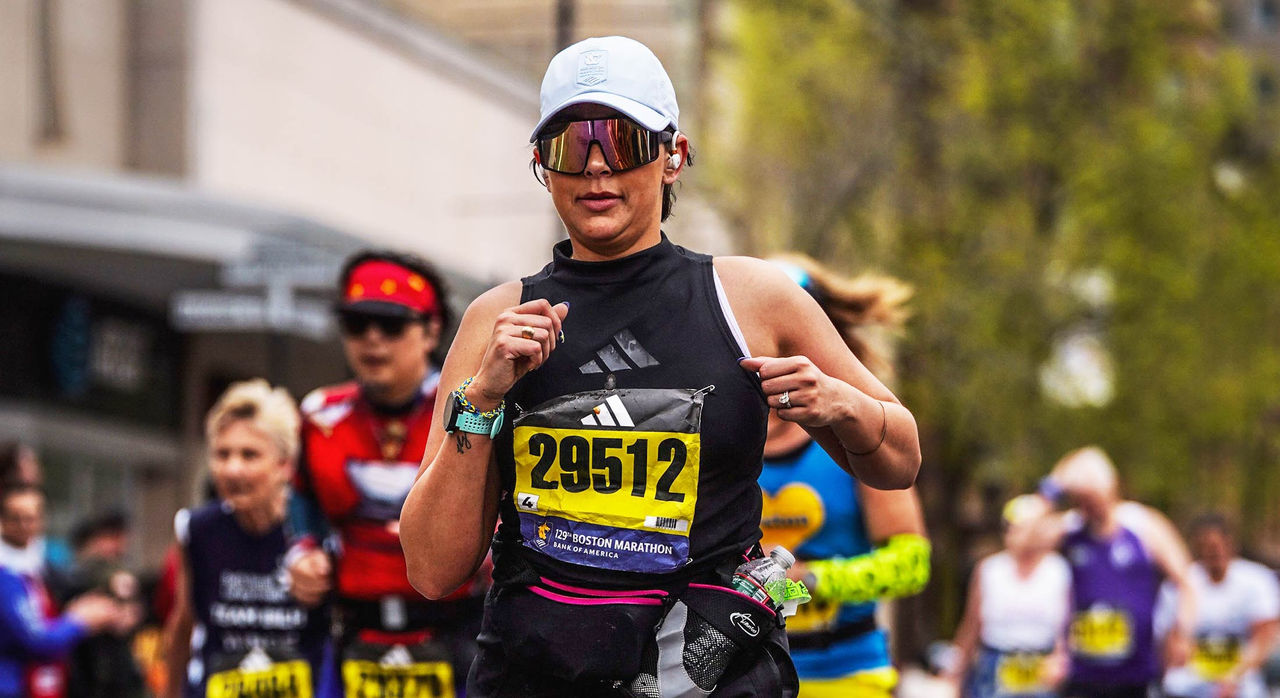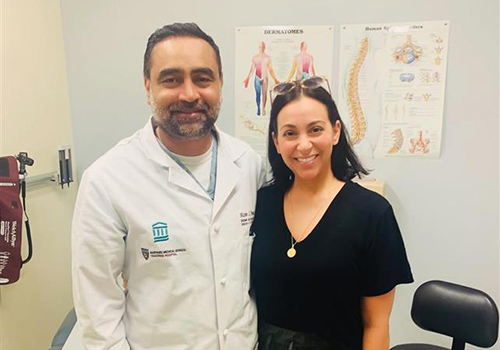-
- Find Care
-
- Visitor Information
- Find a Location
- Shuttles
- Visitor Policies
-
-
- Our Virtual Care Options
- Virtual Urgent Care
- Virtual Visits for Primary & Specialty Care
- Online Second Opinions
- Participate in Research
-
- Contact us
-
- For Innovators
- Commercialization Guide for Innovators
-
-
- Research News
- Alzheimer's Disease
- Artificial Intelligence
-
- Overview
-
- Overview
- Getting Started
- New to Mass General Brigham
- International Patient Services
- What Is Patient Gateway?
- Planning Your Visit
- Find a Doctor (opens link in new tab)
- Appointments
- Patient Resources
- Health & Wellness
- Flu, COVID-19, & RSV
- Billing & Insurance
- Financial Assistance
- Medicare and MassHealth ACOs
- Participate in Research
- Educational Resources
- Visitor Information
- Find a Location
- Shuttles
- Visitor Policies
- Find Care
-
- Overview
- Our Virtual Care Options
- Virtual Urgent Care
- Virtual Visits for Primary & Specialty Care
- Online Second Opinions
-
- Overview
- Participate in Research
-
- Overview
- About Innovation
- About
- Team
- News
- For Industry
- Venture Capital and Investments
- World Medical Innovation Forum (opens link in new tab)
- Featured Licensing Opportunities
- For Innovators
- Commercialization Guide for Innovators
- Contact us
-
- Overview
- Information for Researchers
- Compliance Office
- Research Cores
- Clinical Trials
- Advisory Services
- Featured Research
- Two Centuries of Breakthroughs
- Advances in Motion (opens link in new tab)
- Brigham on a Mission (opens link in new tab)
- Gene and Cell Therapy Institute
- Research News
- Alzheimer's Disease
- Artificial Intelligence
-
- Overview
-
- Overview
- Residency & fellowship programs
- Brigham and Women's Hospital
- Massachusetts General Hospital
- Mass Eye and Ear
- Newton-Wellesley Hospital
- Salem Hospital
- Integrated Mass General Brigham Programs
- Centers of Expertise
- Global & Community Health
- Health Policy & Management
- Healthcare Quality & Patient Safey
- Medical Education
- For trainees
- Prospective trainees
- Incoming trainees
- Current trainees
- Continuing Professional Development
Following a Near-Fatal Stroke, a Second Chance at Life: Liz's Story

Liz (Aquino) Boyd seemed to have everything going for her. At age 38, she enjoyed good health, loved her job as a surgical nurse, and was newly engaged.
It all changed the day, in her words, "my brain exploded." Liz was home alone when the right side of her body went numb and she dropped to the ground. She had suffered a massive stroke.
That day marked the onset of a journey that has taken Liz from the edge of death to a stunning recovery. It's a success story made possible by the efforts of countless committed healthcare professionals across the Mass General Brigham Neuroscience Institute.
Headaches were a warning sign
A long-time dancer and runner, Liz had few concerns about her health. But a couple months before the stroke, she began having headaches that got worse and worse. She went to the emergency room (ER) at a hospital near her home in Rhode Island three times. Doctors concluded she was having migraines and recommended going to a migraine clinic.
"I tried everything to prevent this from happening. No one listened to me," Liz said. "I'm a nurse, I know my body, and I knew these weren't migraines."
When Liz collapsed, she immediately feared she was having a stroke. Then came the seizures. "It was the most terrifying thing I've ever experienced," she recalled. "I lost all control of my body and had unstoppable shaking and tremors. It was sheer terror—I'm still going through therapy now because of it."
Liz managed to call her fiancé, Mike Boyd, who in turn called 911. Emergency medical technicians arrived and took her to a local hospital for evaluation. In the ER, she was found to have a subarachnoid hemorrhage (bleeding in the space between the brain and the membrane covering it).
Realizing their hospital couldn't provide the advanced care she needed, the emergency doctors elected to have Liz transported to Brigham and Women's Hospital.
'Unworldly' pain in her head
A stroke usually happens due to a blood clot blocking blood flow in an artery within the brain. However, tests showed Liz had cerebral venous sinus thrombosis (CVST). This is a blood clot in a vein within the brain. The resulting pressure building up in Liz's brain caused significant bleeding.
The standard of care for CVST is heparin, a blood thinner. Her doctors hoped the medication would break up the clot and restore blood flow away from Liz's brain. But over her first few days in the intensive care unit (ICU), her brain continued to swell, creating pain she described as "unworldly."
During this period, Mike leaned heavily on neurologist Stelios Manolis Smirnakis, MD, PhD, who saw Liz often.
"Dr. Smirnakis was incredibly gracious and helpful," Mike said. "He'd sit with me for an hour or two, reviewing scans and answering every question I had about possible interventions and outcomes. It never felt like he was in a rush."
Undergoing a venous thrombectomy
After 10 days, the swelling in Liz's brain reached dangerous levels. Her inability to move had shifted from the right to the left side of her body. She was at great risk of falling into a coma, losing brain function, and dying.
Her care team, led by neurosurgeon Nirav Patel, MD, discussed her treatment options. They decided to proceed with a rare form of brain surgery called venous thrombectomy. It was her last chance at a healthy survival.
Liz remembered lying in the stretcher in the elevator on the way to the operating room.
Dr. Patel, who led the surgery, had a decade of experience conducting venous thrombectomy. During the four-hour procedure, he and his team used imaging guidance to thread a catheter (thin, flexible tube) from a vein in Liz's leg to the clogged vein in her brain. Then, the catheter broke up the clot and suctioned out the debris.
"The imaging showed we'd opened up the vein," Dr. Patel said. "At the same time, monitors in her brain showed the pressure had dropped as well. That told us the procedure had worked, and she could survive."
